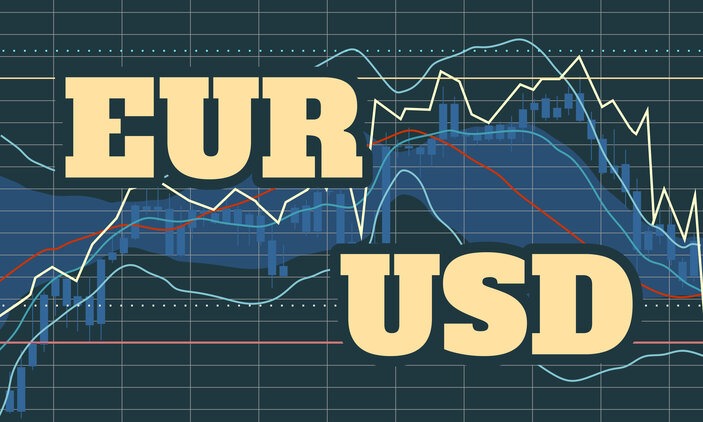Forex EUR/USD trading signals are one of the most important parts of your EUR/USD forex trading plan. They are as important as a trading strategy and the tools used. If you are planning to trade this currency pair, you may wonder about many things like what’s the best time to trade EUR/USD and what to pay attention to when it comes to trading signals. These are the things we will explain to you so you can enter the EUR/USD currency trading on Forex prepared.
Forex EUR/USD Trading Signals – The Best Time to Trade the EUR/USD Currency Pair
The best trading moment involves considering the euro currency matches, economic data releases, and open hours at options and equity exchanges. The data was published at 2 am ET for the eurozone and respectively at 8:30 am in the US ET. Plan for the best time to trade the euro currency because it requires double research. This is due to the local time zone catalysts that can propel the main currency pairs with the same velocity as the catalyst in every cross venue. The US market data also has a huge impact because of the EUR/USD currency pair’s big prominence.
The EUR/USD pair is sensitive to economic and geopolitical triggering events, which lead to price movements on currencies, equity, and bond markets. Natural disasters are also able to lead to this kind of correlated response. A perfect illustration of this sort of impact was the Japanese tsunami in 2011.
Daily Trading Strategy for EUR/USD Pair
This type of strategy, which offers trades at a specific time (which is opposed to strategies that require the trader to wait until an indefinite time for a signal to be generated), is practical and popular. The 7:30 am – 10:30 pm EUR/USD strategy focuses on two specific times. These include the start of the day when the EUR/USD volume increases, and the end of the day when volume decreases. When a movement is detected, a position should be opened in that trend’s direction.
Things to Pay Attention When Trading EUR/USD
So if you were wondering what to look for when searching for signals, we will mention the most important things.
The European and US market conditions are represented in terms of economic stability, employment rate, purchasing power, and consumer trust. A bull market implies the market is rising, while the bear market means the market with receding trends. Daily swing charts that represent price movements are the part of forex trading signals. If there is a new high after a long down period, it is a moment to buy, and if a low occurs after many days, it is a sell signal.
Following financial news is also advisable. That’s a great way to be up to date with new monetary policies, central banks’ decisions, and events from Forex and other financial markets – like the commodity market, stock market, etc.
What is Included in the Best EUR/USD Trading Signals?
How will you know the best Forex EUR/USD trading signals to follow when it comes to forex trading, including EUR/USD trading pairs? If the signal is reliable, it should tell you the direction of your trade, meaning whether to buy or sell and what is a convenient moment to open and close position.
There are three types of signals in terms of the signal’s status and the moment of opening the position. These are the Active status signals, Get Ready signals, and Closed. The entry price suggested by the signal provider should be self-explanatory and precise. Closing the trade at the right moment is crucial. As is the chart analysis explaining the recommended trading setup.
In some cases, to increase the margin of profit, the signal provider will recommend you the multiple TP levels.
How to Avoid False Forex Trading Signals?
Let’s see what approaches are best to avoid false trading signals.
- Avoid signals that have a high success rate. Many people are certain that the success rate impacts the profitability and the quality of the trader, but that is wrong!
- You have to look at the historical data analysis to judge the strength of signals and strategies.
- Always follow the 2: 1 TP/SL ratio. For example, if you want to win $20, allow yourself a $10 loss. So, regardless of the false signal, you will not be impacted overall.
Final Thoughts
Besides all chart analysis, data releases, and the proper time to choose when opening and closing trading positions, it’s important to put your signals over a long series of trades without changing your trading strategy parameters. If you change your settings each time, you will not be able to judge your trading plan’s actual performance. In order for you to test out your strategies, we advise that you create a demo account, and you will be able to make your mistakes without losing a single cent.
















